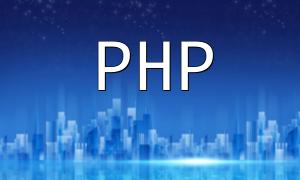In today's website development field, the combination of DedeCMS and PHP has become the go-to choice for developers and website owners. As a popular content management system (CMS), DedeCMS provides robust functionality and flexibility, while PHP, a widely used programming language, enhances DedeCMS's scalability and application scope. This article delves into the benefits of combining DedeCMS with PHP and shares practical SEO optimization techniques.
DedeCMS is well-known for its user-friendliness and flexibility. Website owners can quickly build and manage website content without deep technical knowledge. With DedeCMS, users can easily create, edit, and update webpages to meet various business needs. Moreover, its powerful template system makes the design and content management process more intuitive and convenient.
PHP is an open-source server-side scripting language widely used in dynamic web development. Its seamless integration with databases allows PHP to enhance DedeCMS's capabilities, enabling developers to generate dynamic webpage content, handle user inputs, and implement complex business logic.
When DedeCMS is combined with PHP, website owners can create more complex and dynamic websites. This combination greatly improves the user experience and enhances website interactivity. For example, by using PHP scripts, users can update webpage content in real-time, query databases, and display the required information without needing to reload the entire page, improving website responsiveness and user satisfaction.
To ensure high rankings in search engines, here are some key SEO optimization practices:
Many successful websites have demonstrated the powerful features of combining DedeCMS with PHP. For example, an online education platform uses DedeCMS to manage course content and generates course listings dynamically through PHP scripts. This approach not only improves the user experience but also significantly boosts the platform's SEO rankings.
In summary, the combination of DedeCMS and PHP provides powerful support for website development, enhancing both functionality and SEO optimization. By strategically utilizing these two powerful tools, website owners can create efficient, dynamic, and SEO-friendly websites, standing out in the competitive online marketplace.









